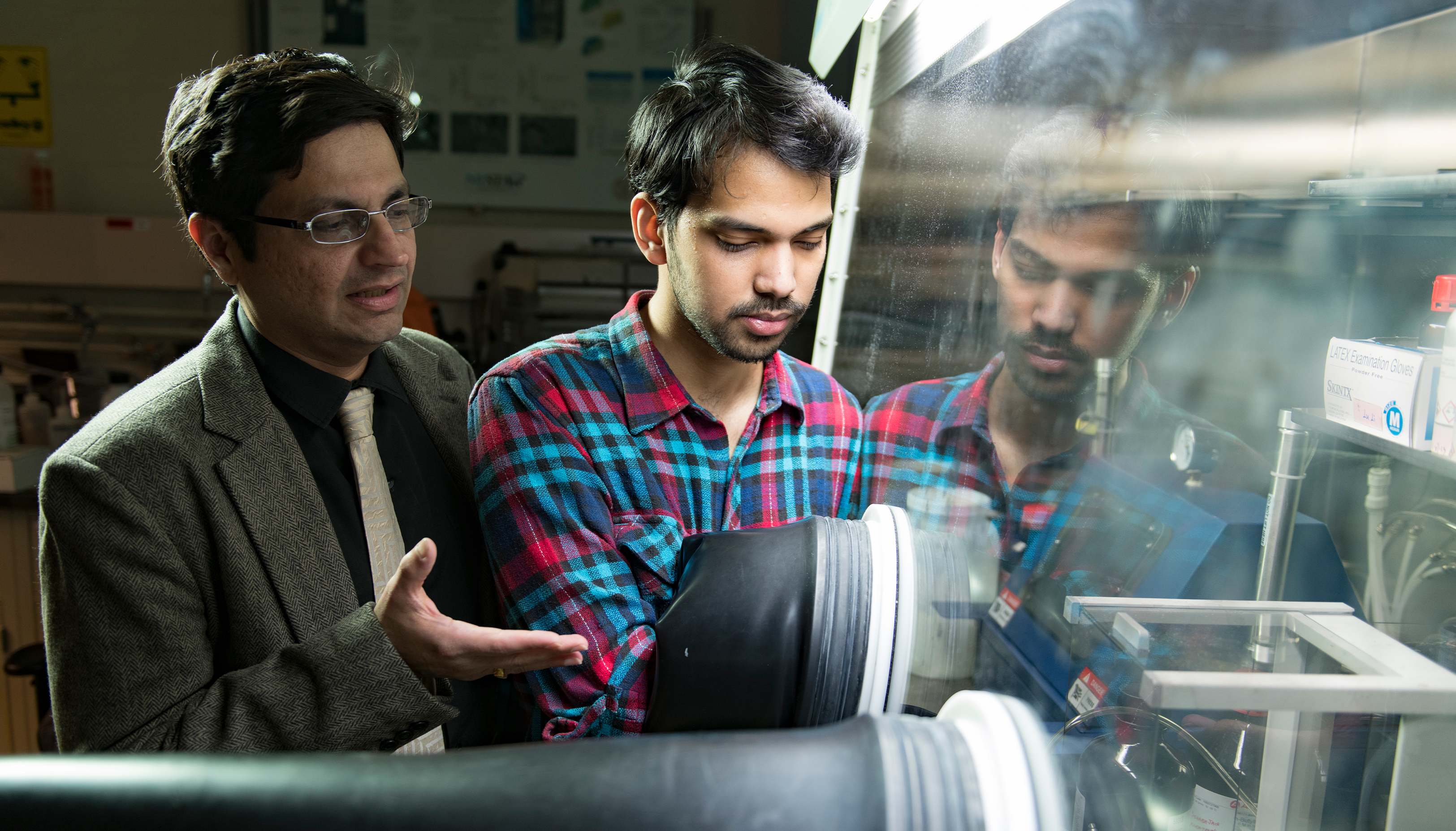By Nikhil A. Koratkar, professor of mechanical, aerospace, and nuclear engineering
Today, lithium-ion batteries dominate the energy storage landscape — from portable electronics (e.g., laptops, cellular phones, and tablet computers) to the electrification of automobiles and electricity (grid) storage. While lithium-ion batteries represent the best available rechargeable battery technology, a significant gap, both in terms of energy and power density, exists between lithium-ion batteries and that of gasoline.
As a consequence, there is a considerable need to further improve battery performance. Principal areas for improvement include energy and power density that can allow for longer driving range and fast charging. Additionally, the manufacturing cost of lithium-ion batteries must be significantly reduced (to bring it on par with lead-acid batteries), and safety should also be improved to enable large-scale deployment across the globe.
To accomplish these challenges, incremental changes will not suffice — battery design and manufacturing will need to be reimagined! In my research group at Rensselaer Polytechnic Institute, we are focused on the fundamental science, device engineering, and pilot scale manufacturing of next-generation battery systems. Our goal is to develop and demonstrate disruptive battery technologies that are better, cheaper, safer, and more sustainable than today’s lithium-ion technology.
Broadly speaking, better batteries are batteries that can store more energy per unit mass, as well as per unit volume. Better batteries must also be capable of much faster charging. For example, the average time to refuel a gasoline-powered vehicle is less than five minutes, whereas the best performing Tesla cars still take about 15 minutes to allow a driving range of approximately 320 kilometers when using a supercharging station. My lab is developing novel battery materials with multiscale (nano/micro) architectures, enabling superior energy density coupled with faster charging.
To make batteries safer and cheaper, we are also exploring non-flammable, green, and low-cost aqueous (i.e., water-based) electrolytes, to replace the highly flammable, toxic, and expensive organic electrolytes used in today’s batteries. Another approach to safer batteries is to deploy solid-state batteries. We are designing new classes of solid-state electrolyte materials that are non-flammable and safe, yet do not compromise on lithium mobility in order to maintain a fast-charging capability.
Finally, for sustainability, we are exploring alternatives to lithium that are both plentiful and cheap, such as sodium, potassium, calcium, and zinc. A transition away from lithium poses a tremendous science and technology challenge, and requires a complete redesign of the anode, cathode, and electrolyte. However, there is no doubt that lithium is a finite resource on this planet, and at some point, our society will be forced to make the painful transition away from it. When that will occur is not clear at this point, but my laboratory is laying the groundwork to enable a smoother transition!




